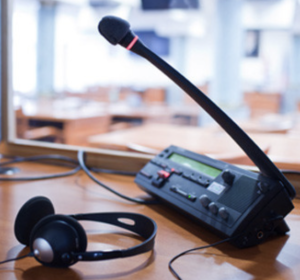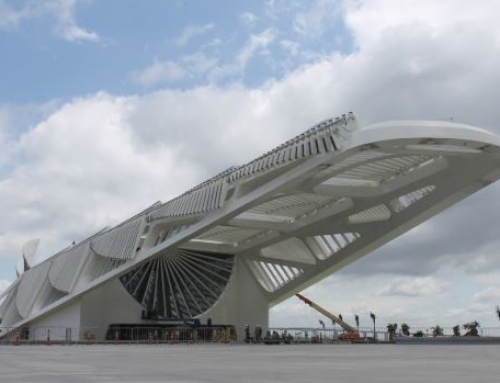Lecture Translation Brazilian Portuguese
Simultaneous Translation in the World Today; Breaking Down Language Barriers
Introduction
In our increasingly globalized world, communication knows no boundaries. People from different corners of the planet are constantly interacting, whether for business, diplomacy, or personal reasons. However, there’s one persistent challenge: language differences. This is where simultaneous translation comes into play, bridging the linguistic gap and enabling seamless communication on a global scale.
The Evolution of Simultaneous Translation
Simultaneous translation, also known as real-time interpretation, is the art of translating spoken words from one language into another while the speaker is still talking. This method of interpretation has come a long way since its inception.
Simultaneous interpretation was first introduced in the early 20th century, primarily during international conferences. The Nuremberg Trials in 1945 marked a significant milestone when the practice gained widespread recognition. Since then, simultaneous translation has evolved into an essential tool in international diplomacy, business, lecture translation from and into Brazilian Portuguese, conferences, and even in everyday life.
Modern Simultaneous Translation Technology for Lecture translation Brazilian Portuguese

Simultaneous interpretation console with a gooseneck microphone. for lecture translation Brazilian Portuguese
The advancement of technology has revolutionized simultaneous translation, making it more accessible, accurate, and efficient. Here are some key components of modern simultaneous translation:
Interpreting Equipment: Professional interpreters rely on specialized equipment, such as headsets and microphones, to ensure clear communication. These devices help interpreters hear the source language and convey the message in the target language simultaneously.
Interpreter Consoles: Interpreter consoles are command centers for interpreters. They provide tools for managing interpretation tasks efficiently, including audio channels for multiple languages and a mute function for when interpreters need to confer with colleagues.
Remote Simultaneous Interpretation (RSI): RSI has gained prominence, especially in the wake of the COVID-19 pandemic. It allows interpreters to work from remote locations and connect to events via the internet, providing cost-effective solutions for events of all sizes. Perfect for Lecture translation Brazilian Portuguese.
AI-Powered Tools: Artificial intelligence and machine learning have also found their way into the world of translation. AI-powered tools can assist human interpreters by providing real-time translations, but they are not yet capable of replacing the nuanced understanding and cultural context that human interpreters bring.






Leave A Comment